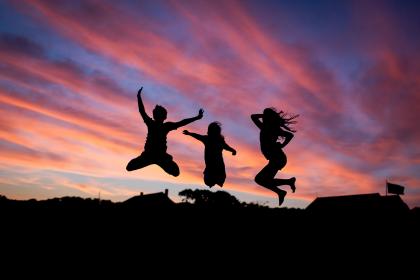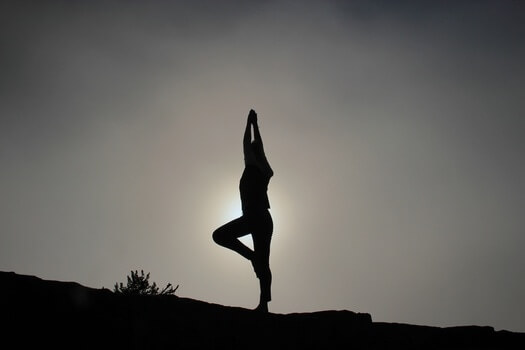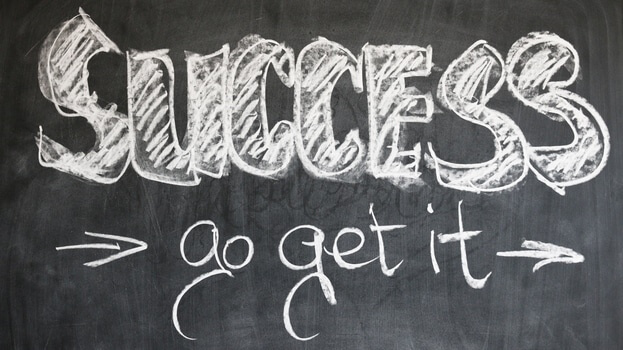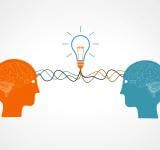After three years of meetings, member reviews, and lots of re-writes, the National Standards and Grade-level Outcomes for K – 12 Physical Education are available on the SHAPE America (AAHPERD) website. This document was the work of the NASPE Curriculum Framework Task Force, which was charged with creating a framework (not a curriculum) that included the revised national K – 12 standards and newly developed grade-level outcomes. Physical educators had expressed a need for grade-level outcomes, which would fill a gap they saw between the standards and curriculum development.
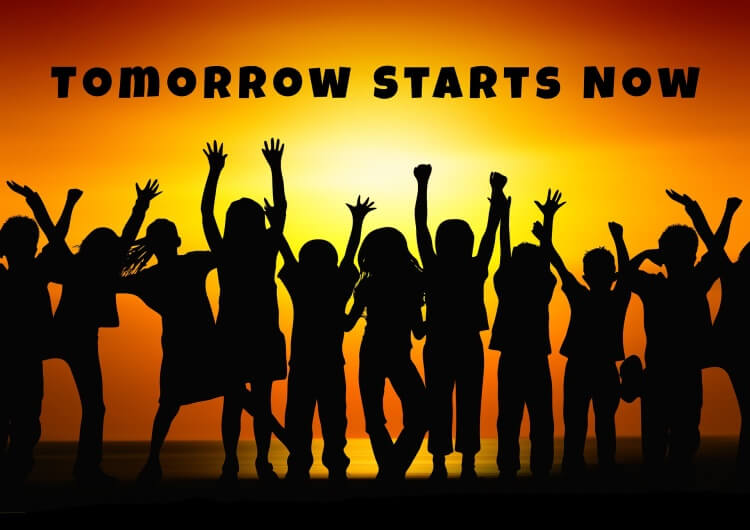
This gap existed because standards are intentionally written broadly to reflect what students should have learned at the end of their physical education programs. In contrast, curriculum development requires an understanding of what students should know and be able to do at various points along the way. By identifying what students should know and be able to do at each grade-level, the new outcomes are designed to provide the guideposts to achieving the standards and a physically educated (now “physically literate”) individual. The completed document serves as a framework for public school physical educators to use for instructional planning, as well as a tool for communicating with parents, administrators, and policy makers about what students should be learning in quality physical education programs.
The task force members included two university professors (Stevie Chepko and me), two practicing physical education teachers (Brad Rettig and Dan Persse), a Director of Physical Education (Georgi Roberts) and a retired teacher and well-known author (Shirley Holt-Hale). From the beginning we knew that creating a curriculum framework would not be a quick or easy project, but we were convinced it was an important one for the field and well worth our efforts. The great support we received from K-12 teachers, other discipline specialists, and AAHPERD reinforced our commitment to the project. In this essay I’d like to expand on the research and thinking that guided the task force in its work, and how with its focus on student learning, the standards and outcomes document can positively impact and strengthen the future of our profession.
